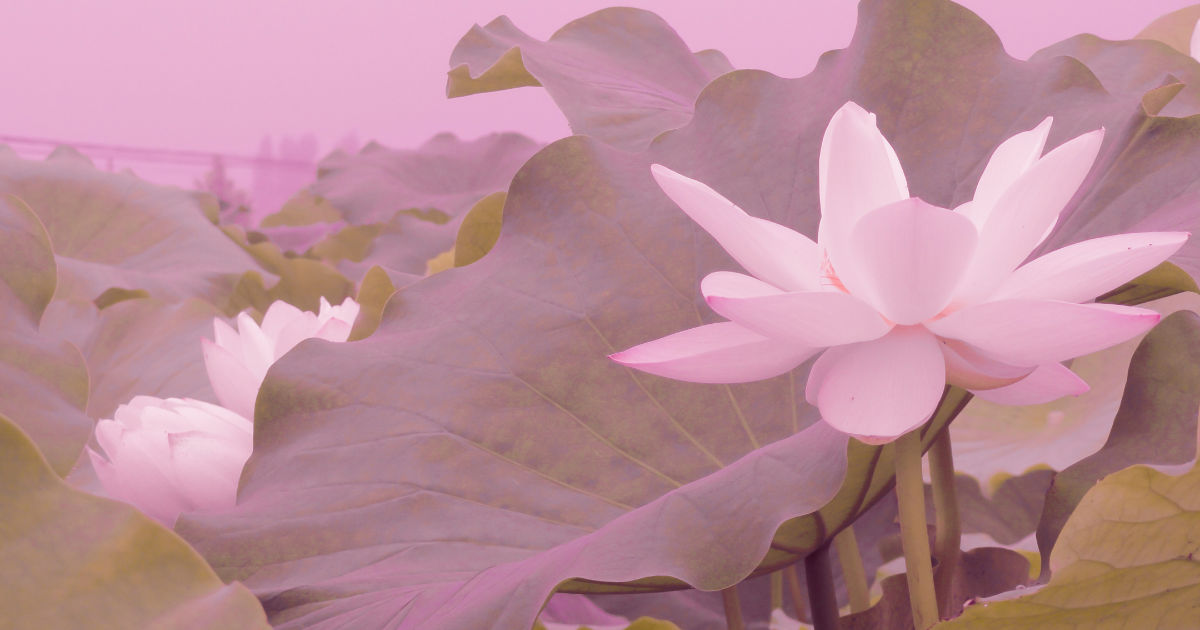In this great prayer to the God points out how each one of these is impossible or unjustified while bringing out those great qualities of God.
Adi Shankara Bhagwat Pada.
Translated by PR Ramchandar. Continue reading

In this great prayer to the God points out how each one of these is impossible or unjustified while bringing out those great qualities of God.
Adi Shankara Bhagwat Pada.
Translated by PR Ramchandar. Continue reading
Para Pooja is the highest form of worship in which the devotee experiences and worships nothing but God at all times. This form of pooja is described in this poem: Continue reading
 An Artharthi Upasaka is a person who prays to God for any form of wish fulfilment. This category includes money, property, success, progeny, partner or fame. Such a worshipper is seeking something which s/he cannot attain and therefore asks the Divinity for selfish gratification. Continue reading
An Artharthi Upasaka is a person who prays to God for any form of wish fulfilment. This category includes money, property, success, progeny, partner or fame. Such a worshipper is seeking something which s/he cannot attain and therefore asks the Divinity for selfish gratification. Continue reading
Kavach is a protective chant which protects the one, who is chanting with the energy of the god or goddess. It forms a protective shield. Repeating it numerous times will also grant other benefits such as health, wealth or solution of one’s problems. Continue reading
How to worship God? Seek God and serve him in this world, which is his creation.
Jale Vishnu, thale Vishnu
Vishnu parvatamastake
Jvaalamaalaakule Vishnu
Sarvam Vishnumayam jagat.Vishnu is in the oceans,
In the land, in the mountain peaks,
In the garland of flames,
In every nook and corner of the world.
The Sri Chakra Yantra is the most respected geometric symbol of Sri Devi. It is the residence or the temple of Devi and is important in the Sri Vidya puja. Adi Shankaracharya describes Sri Yantra in Saundarya Lahiri (Verse 11): Continue reading
Poverty results from our lack of relationship with God. All of us who are ignorant of Smaranam (memory of God), are victims of avidya. How can we remove this pall of despair which hangs over us? Continue reading
The Shivalingam is a symbol of the supreme consciousness in the creative form. The term lingam represents the state of existence that is invisible and unseen. It is used as a representation of Shiva. It is abstract and its ultimate reality is incomprehensible to anyone, even a saint. So how does one comprehend the ultimate reality. It is only possible to comprehend it as the Shiva Lingam. Continue reading
You cannot prevent the birds of sorrow from flying over your head, but you can prevent them from building nests in your hair. – Chinese proverb
No one told me that grief felt so much like fear. – C.S Lewis
Tears are silent language for grief. – Voltaire
There is no pain so great as the memory of joy in present grief. – Aeschylus
When you are sorrowful look again in your heart, and you shall see that in truth you are weeping for that which has been your delight. – Khalil Gibran
In any form of prayer, a concept if God is essential. The prayers can be tamasic, rajasic or sattvic. At the tamasic level one is using rituals and asking to be protected from the anger of the deities. However, a tamasic (inert) sadhana becomes rajasic and then the puja is more dynamic. The mind becomes more open and one’s awareness increases. Each one of us wants a healthy life free from harm. Then the rajasic puja becomes sattvic, when prayers are offered for forgiveness, forbearance, love and compassion. Continue reading
How do we describe divinity? Divinity refers to the quality or nature of God’s being. The concept of divinity is linked to how one perceives the universe and chaos. Divinity enables one to relate to a higher power. According to Swami Satyananda Saraswati when one must think about others then one can think about God. Continue reading
Shraddha or faith is the Bhahmastra of spirituality. The Brahmastra is a supernatural weapon and is considered the most destructive weapon described in Hinduism. It is faith (shraddha) which is our armour and it is considered the ultimate power of spiritual life. Continue reading
A Shakta is a devotee of the Mother Goddess and his/her prayer can be described like this verse:
May all my idle talk be your japa, sound divine,
May all my gestures be your mudras,
May all my steps be around your seat,
May all my lying down be your pranam,
May all your oblations be my only food,
And may all acts of mine be in joy for you.
Extracted from a hymn dedicated to Tripura Sundari from Saundarya Lahiri. Continue reading
What does one see? Either we see nothing or we see selectively. I read a story about Swami Sivananda and I was completely silenced. Swami Sivananda practiced what he preached. Continue reading
I slept and dreamt that life was joy. I awoke and saw that life was service. I acted and behold, service was joy. – Rabindranath Tagore
We are shaped by our thoughts; we become what we think. When the mind is pure joy follows like a shadow never leaves. – Buddha
It is the supreme art of the teacher to awaken joy in creative expression and knowledge. – Albert Einstein
Find ecstasy in life; the mere sense of living is joy enough. – Emily Dickenson
The garden of love is green without limit and yields many fruits other than sorrow or joy. Love is beyond either condition: without spring without autumn, it is always fresh. – Rumi
Health is the greatest possession. Contentment is the greatest treasure. Confidence is the greatest friend. Non-being is the greatest joy. – Lao Tzu